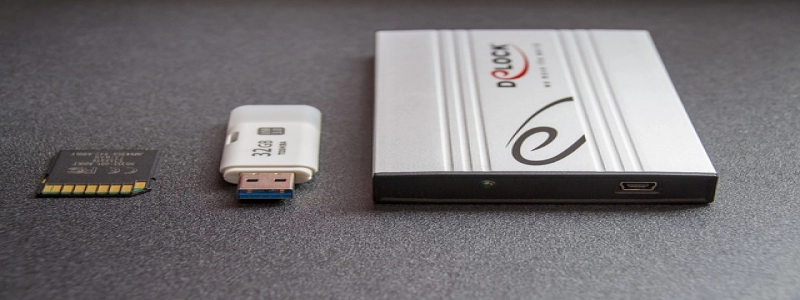SFP Port to Ethernet
Introduction:
In today’s interconnected world, the need for high-speed and reliable networking solutions is constantly growing. One such solution is the use of Small Form-Factor Pluggable (SFP) ports, which provide a flexible and versatile way to connect various devices. This article will discuss the benefits and applications of using SFP ports to connect Ethernet devices, highlighting their ability to enhance network performance and simplify connectivity.
I. What is an SFP Port?
A. Definition: A Small Form-Factor Pluggable (SFP) port is a hot-swappable interface that allows for the connection of optical or copper Ethernet cables to a networking device.
B. Physical Characteristics: SFP ports are small in size and can be easily inserted and removed from compatible network devices.
C. Compatibility: SFP ports are standardized and can support a wide range of communication protocols, including Ethernet, Fibre Channel, and SONET/SDH.
II. Benefits of Using SFP Ports for Ethernet Connectivity
A. Flexibility: SFP ports allow for the connection of various types of Ethernet cables, including copper and fiber optic, providing flexibility in deployment options.
B. Scalability: SFP ports can support different data rates, such as 1Gbps, 10Gbps, and even higher, enabling the network to scale according to the needs of the organization.
C. Interoperability: SFP ports are compatible with a wide range of networking equipment, including switches, routers, and media converters, allowing for seamless integration into existing network infrastructure.
D. Hot-Swappable: SFP ports can be inserted or removed while the device is powered on, eliminating the need for network downtime during maintenance or upgrades.
III. Applications of SFP Port to Ethernet Connectivity
A. Data Centers: SFP ports are widely used in data centers to connect servers, switches, and storage devices. Their flexibility allows for the deployment of different types of Ethernet connections based on the specific requirements of each device.
B. Metropolitan Area Networks (MAN): SFP ports enable the connection of different network segments in a MAN, providing high-speed and reliable connectivity between various locations.
C. Telecommunication Networks: SFP ports are utilized in telecommunication networks to connect central office equipment, such as switches and routers, to customer premises equipment, enabling the delivery of high-quality voice and data services.
Conclusion:
SFP ports offer a versatile and efficient solution for connecting Ethernet devices in a wide range of applications. Their flexibility, scalability, and interoperability make them an ideal choice for organizations looking to enhance their network performance and simplify connectivity. Whether used in data centers, MANs, or telecommunication networks, SFP ports provide numerous benefits and contribute to the overall efficiency and reliability of the network infrastructure.







